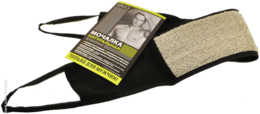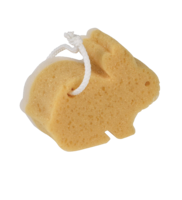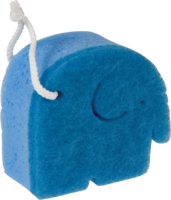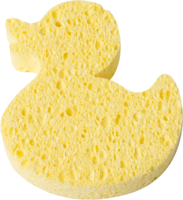In this sponge bath page you can download free sponge bath PNG images: sponge bath PNG images free download
In this gallery of sponge bath, we have 66 free PNG images with transparent background.
When water is in short supply or a person is not fit to have a standing bath, a wet cloth or sponge can be used, or the person can wash by splashing water over their body. A sponge bath is usually conducted in hospitals, which involves one person washing another with a sponge, while the person being washed remains lying in bed.
A sponge is a tool or cleaning aid made of soft, porous material. Typically used for cleaning impervious surfaces, sponges are especially good at absorbing water and water-based solutions.
Originally made from natural sea sponges, they are most commonly made from synthetic materials today.
The first references of sponges used for hygiene dates from the Ancient Greece. Competitors of the Olympic Games bathed themselves with sea sponges soaked in olive oil or perfume before competing. In the book Odyssey by the Greek poet Homer, the god Hephaestus cleans his hands, face, and chest with a sea sponge, and the servants in the Odysseus palace also used sea sponges to clean the tables after the meals the suitors of Penelope had there. The Greek philosophers Aristotle and Plato also mentioned sea sponges in both scientific and historic contexts in their works. Ancient Greeks also used sea sponges tied to sticks as toilet paper, and washed them with sea water.
Ancient Romans also used sea sponges extensively for hygiene and other uses. The belief that sponges had therapeutic properties led to its usage in medicine for cleaning wounds and treating disease.
Sea sponges were used as tampons by females throughout history[citation needed] and are still used as a cheaper and more eco-friendly alternative to fibre ones. However, researchers do not recommend using sea sponges as tampons, as they may contain dirt and microorganisms, especially if poorly sanitized.
In the New Testament, a Roman soldier offers Jesus Christ a sponge soaked in vinegar on the tip of his spear (some versions say staff) for Jesus to drink during his crucifixion, as an act of mockery.
Synthetic sponges were made possible to be manufactured only after the invention of polyester in 1941 and the commercial production of polyurethane foam in 1952.











